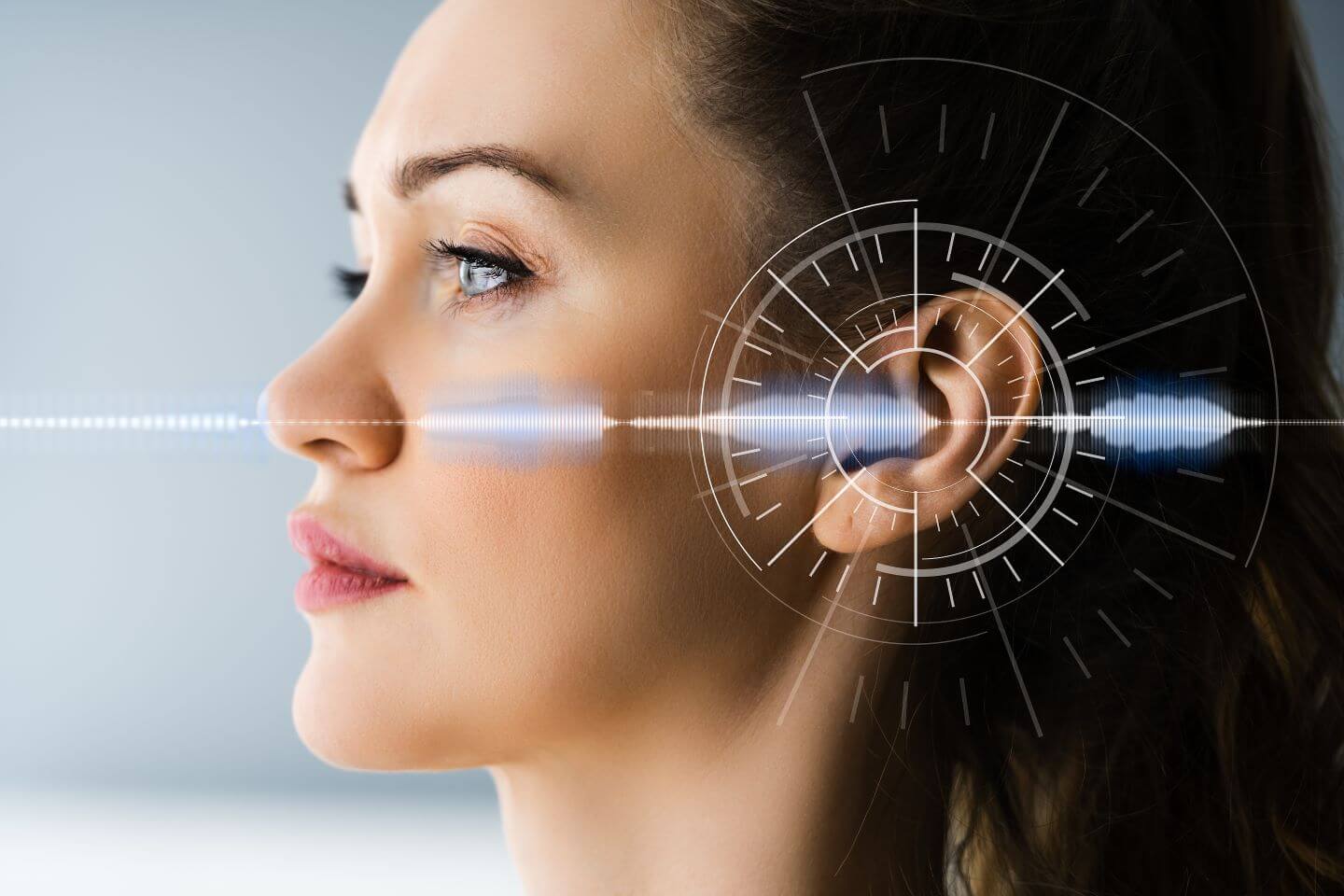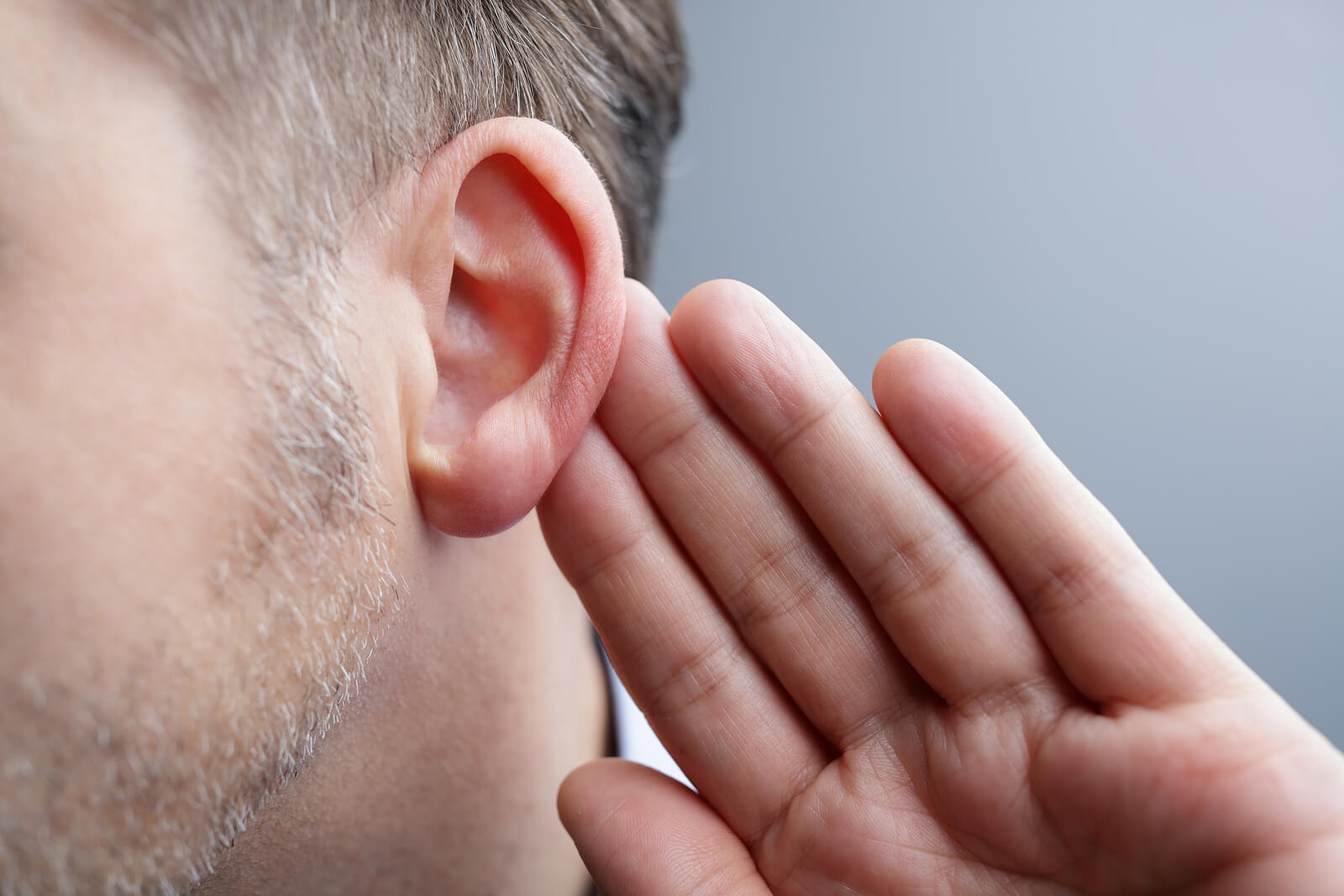Hearing Loss Information

Hearing Loss Information from a Doctor of Audiology
Many people suffer from hearing loss…and we’re not just talking about the people whose hearing is affected. Hearing loss affects friends, family, co-workers, business associates, and everyone a person with a hearing problem comes into contact with.
The effects of hearing loss are felt across a wide group of people. Hearing loss is growing as a problem in our ever noisier world. In fact, the latest available statistics show that over 10% of the U.S. population reports difficulty hearing! That’s more than 31 million people! And as the Baby Boomer generation continues to age, that number promises to increase dramatically!
The Numbers Explain the Need for Hearing Aids & Assistive Listening Devices
Are you someone who no longer hears as well as you once did? If so, you are certainly not alone. Consider these statistics reported by Sergei Kochkin, Ph.D., former Executive Director of the Better Hearing Institute:
- 3 in 10 people over age 60 have hearing loss
- 1 in 6 baby boomers (ages 41-59), or 14.6%, have a hearing problem
- 1 in 14 Generation Xers (ages 29-40), or 7.4%, already have hearing loss
- At least 1.4 million children (18 or younger) have hearing problems
- Estimates say 3 in 1,000 infants are born with serious to profound hearing loss
In addition, studies have linked untreated hearing loss to emotional, physical, mental, psychological and even economic disadvantages! And, to make matters even worse, there are many “myths” about hearing loss that prevent those with hearing loss from doing anything about it.
Hearing Loss: The Types and Causes

Hearing loss rarely occurs in a single event. Most hearing loss occurs gradually. Seeing its early warning signs is key in creating more effective treatment solutions, so we’ve compiled a list of indicators that should help you and your loved ones be more aware of your hearing wellness.
- High frequency sounds, like the voices of women and children, are hard to hear
- People often complain your TV or radio is too loud
- You avoid your favorite places and activities because conversations are too exhausting
- Companions often have to repeat themselves during a conversation
- You have to consciously adjust your posture and position in order to hear conversations at parties and restaurants
- The location of sounds are increasingly difficult to determine
Does this sound like you or anyone you know?
If so, it could indicate a hearing difficulty. Our recommendation is to schedule a hearing evaluation. The earlier you receive a diagnosis, the better. Our staff of experienced providers uses the most effective hearing-testing techniques to ensure you get accurate and easy-to-understand results.
Contact us today for a free hearing screening. Call for yourself, call for a loved one. We can customize better hearing solutions for a wide variety of hearing difficulties.
Having a hearing loss or hearing impairment means that your ability to hear has been diminished. There are many causes of hearing loss but it’s believed the most common cause is the ageing process. The name given for age related hearing loss is presbycusis or acquired hearing loss. Presbycusis is a subset of what is known as Sensorineural hearing loss. What is commonly called Nerve Deafness.
How Hearing Works
The Outer Ear
Hearing is a complex process. To put it simply, when something makes a noise, it sends sound waves through the air. These waves are funnelled into the ear canal by the outer ear, and the sound waves strike the eardrum and cause it to vibrate.
The Middle Ear
At the end of the auditory canal lies the tympanic membrane (ear drum) and the middle ear. Within the middle ear cavity is contained the ossicles, the three small bones, known by the layman as the hammer, the anvil, and the stirrup. When sound waves hit the eardrum, it vibrates and, in turn, moves the hammer. The hammer moves the anvil, which moves the stirrup, transmitting the vibrations into the inner ear. The middle ear functions to amplify sound, which is why significant hearing loss can result from any disruption in any of its parts.
The Inner Ear
The inner ear consists of the cochlea and the vestibular (balance) system. The cochlea converts sound waves into nerve impulses that travel to the brain via the movement of tiny hair cells. It is the brain that allows you to hear…as long as the message it is receiving is not distorted due to problems in the process just described.
Types of Hearing Loss
Communication Tips for Those with Hearing Loss
Suggestions When Speaking to Someone with Hearing Loss
Do not shout: Shouting can actually distort the signal in the listener’s ears. Be sure the listener has a clear view of your face so that facial expressions and lip movements are visible and speak slightly louder than normal.
Speak clearly and slowly: Pausing between sentences can also be helpful. The best distance for communication is three to six feet.
Make sure you have the listener’s attention: Saying the person’s name and waiting for a response can greatly decrease the need for repetition.
Rephrase your statements if needed: Quite often, the same one or two words in a sentence will continue to be misheard with each repetition. Rephrasing eliminates many frustrations.
Avoid conversation if there is much background noise: Noisy distractions can create difficult listening situations even for those with normal hearing. Always invite the person with hearing loss to a quieter side of the room, or turn off the noise distractions.
Remain patient, positive and relaxed: Communication can be difficult sometimes. When communication partners become impatient, negative and tense, communication will become more difficult. When in doubt, ask the person with hearing loss for suggestions of ways to be better understood.
*From Hearing Loss magazine September/October 2002
